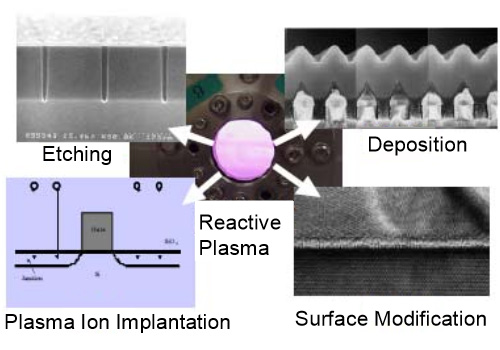Introduction Video
Samukawa laboratory is developing advanced devices (such as solar cell, laser, transistor, and MEMS) aiming for world's No. 1, based on our original ultralow-damage plasma / beam process technologies. We also progress fusion with biotechnology and computer simulation. We are also developing environmentally-harmonized processes.
About us
This laboratory was established in July 2000 when I left NEC to start work at Tohoku University, an institution that has traditionally given priority to practical learning. Under the motto, "What Can We Do for You?", I have striven to build a new relationship between industry and academia that will support Japanese industry. Japanese companies have lost the vibrant energy they once had, and basic research is in dire straits in the corporate sphere. To support Japan in the future, I believe we must enlist the aid of university-based research to create new industries and actually achieve technical innovation. Under current conditions, however, it can hardly be said that Japanese universities are ready to function fully in that role; in fact, one often hears frustrated grumbling on the part of people in industry regarding the present state of universities. Since I have experience working in the industrial sector, I understand my mission to be the provision of practical, innovative technologies that are directly related to industry. In this way I hope to contribute in some small way to the further development of Japanese industry.

Our research is aimed at perfecting plasma control to support various nanotechnologies. Precise control of reactive plasma is indispensable in the etching, thin-film deposition and doping processes for manufacturing various nano-devices including ULSI and micro/nano machines. More specifically, we are studying how reactive species (electrons, atoms/molecules, positive and negative ions, particulates, photons) are generated and transported in reactive plasma, and how they react at the surface. Our aim is to be the first in the world to propose innovative plasma processes such as ultra-high-precision processing, the deposition of high-function thin films, and high-quality surface modification. In addition, we have begun research on plasma processing technologies that take global environmental problems into account and can help clean up environmental damage. Reactive plasma is also expected to have increasing importance as a basic technology in the fields of biotechnology and medical treatment. Through education and research, we believe it is our mission to nurture human resources and technologies that will help enrich the future of humankind.


